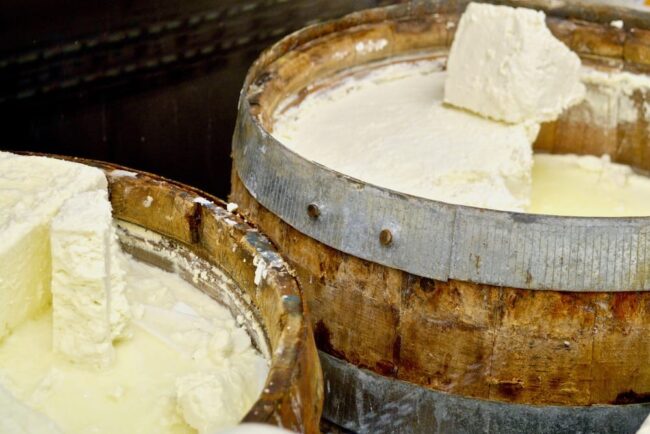Feta cheese is undoubtedly one of the most popular Greek foods outside of Greece. Most think of it as an ingredient used for Greek salads, which it is. However, share a few meals with a Greek family and you will quickly realize that feta consumption is far broader than a simple accoutrement for ones salad. In Greece, feta is served as a table cheese, in that a large slice is placed on a plate in the center of the table. Each person is then free to serve themselves during the course of the meal. The brininess and texture complements the…
Ingredients
-
 Continue Reading
Continue ReadingOn occasion, a recipe will call for ouzo, an anise flavored spirit that is widely consumed throughout Greece. Depending on the brand, the alcohol content will range from 38% to 46% alcohol by volume (ABV). If you enjoy the flavor, ouzo is easy to drink and can be treacherous for the uninitiated. Any proper Greek host will serve ouzo accompanied by “meze”, small plates of food, which are rich in oil to help metabolize the alcohol content. This practice isn’t to be taken lightly since I have witnessed more than one person fall asleep in their chair, mid-meal, after enjoying a…
-
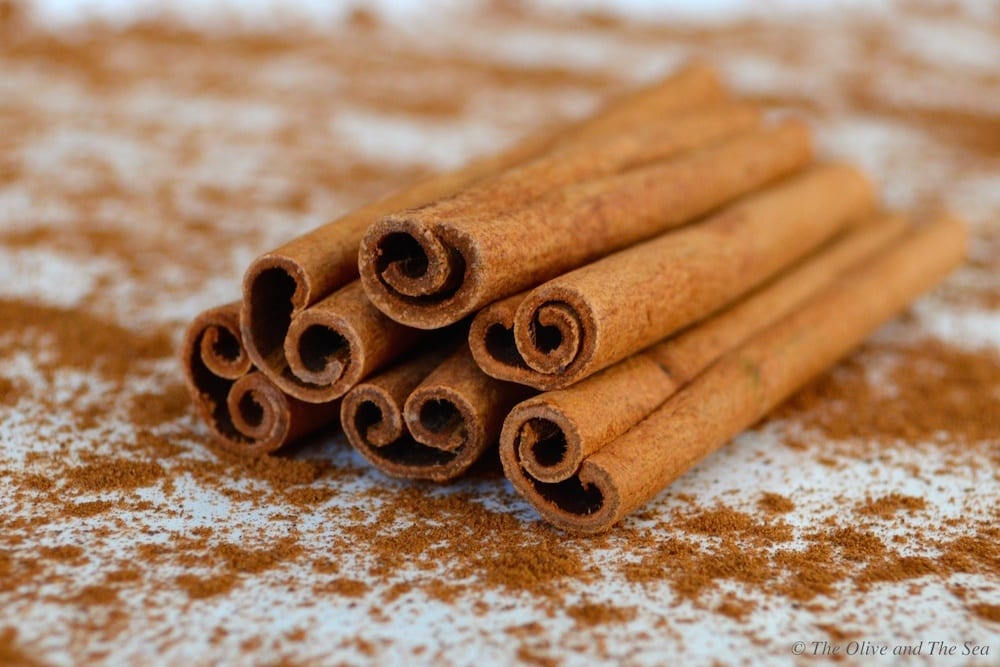 Continue Reading
Continue ReadingCinnamon is such a wonderful spice and certainly one of the most popular. Apple pie, peach cobbler, cinnamon buns, just mentioning them makes me think of the wafting smell of cinnamon in the air. Greek cooking calls for cinnamon on a regular basis and not only for sweet dishes. It is also used in small amounts for certain savory foods, especially those where meat is combined with tomato sauce, like Greek Spaghetti with Meat Sauce, Moussaka, or Pastitsio. Aside from adding wonderful flavor to our food, cinnamon also holds some worthy health benefits. The best known health benefit being the spice’s positive…
-
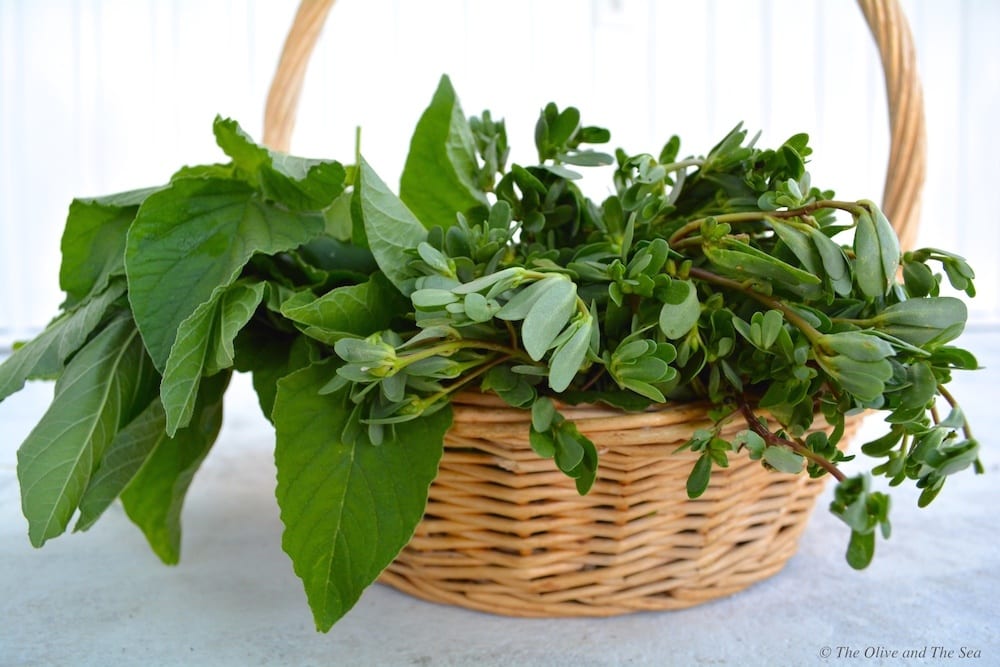 Continue Reading
Continue ReadingA majority of the ingredients used in Greek cuisine are the standard foods that most of us keep in the pantry and refrigerator. Onion, flour, oregano, cinnamon, salt, potatoes, all of these are common fare. However, occasionally, during my trips to Greece, I come across ingredients that have little to no presence in the United States. Two such ingredients are green amaranth, known as “vlita” in Greek, and purslane, or “glystrida”. The reason I chose to write about these two plants together is that both are considered weeds. Having grown up in Switzerland, I am familiar with the notion that certain weeds are…
-
 Continue Reading
Continue ReadingMint or spearmint is frequently used in Greek cuisine. Aside from the wonderful flavor it imparts, mint is a powerful antioxidant with a variety of health benefits. We often think of mint as an herb used for sweet dishes. However, it is just as delicious in savory dishes. This holds particularly true when combining mint with tomatoes and onions. The flavor profile is completely different from when it is paired with sugar and adds depth to the acidity from the tomato. Two particular savory Greek dishes where mint playes a stellar roll are stuffed peppers and tomatoes or “yiemista” and…
-
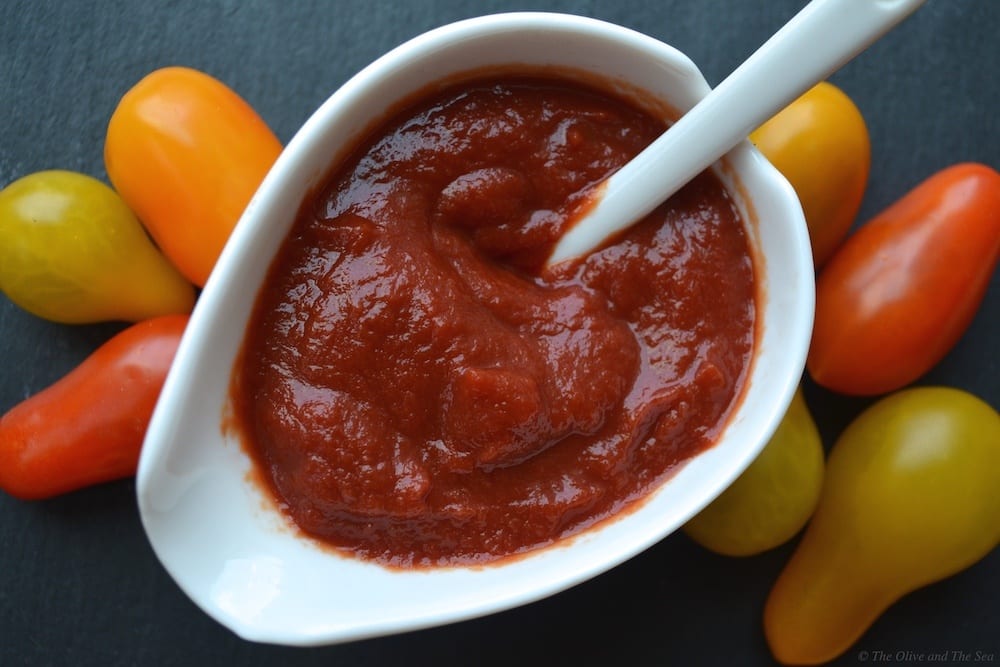 Continue Reading
Continue ReadingTomato paste is frequently used in Greek cooking. While I am partial to all things homemade, every tomato paste recipe I have come across calls for 6 hours or more to make. As a result, store bought paste has become a staple in my pantry. If like me, making your own is more of an aspiration than a reality, take a read through these tips and things to consider when purchasing and storing your tomato paste. Storing Extra Tomato Paste How do you prevent unused past from going bad? Given that most tomato pastes are sold in cans, which cannot be…
-
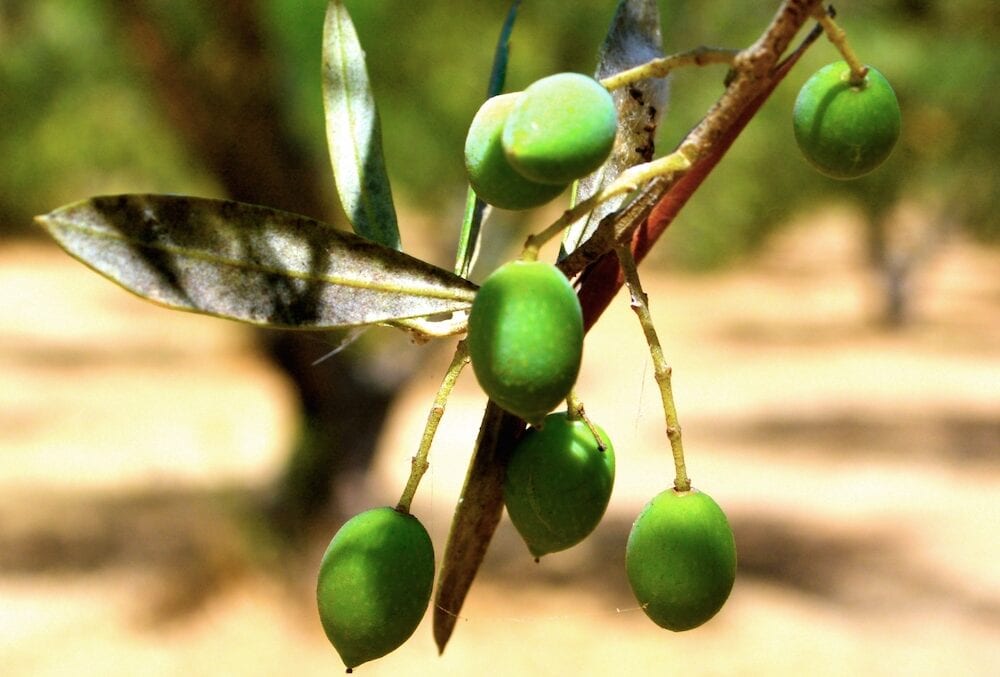 Continue Reading
Continue ReadingWhen it comes to a Greek pantry, few ingredients are as important as extra virgin olive oil. Growing up, my mother cooked primarily with olive oil. As such, it was second nature to include it in my own cooking. However, becoming part of a Greek family will take one’s appreciation for and use of olive oil to a whole new level! In the beginning, I joked that when in doubt as to how much oil you should use, pour until you think you’ve poured too much and then some! During the first few years, I would watch in awe as…
-
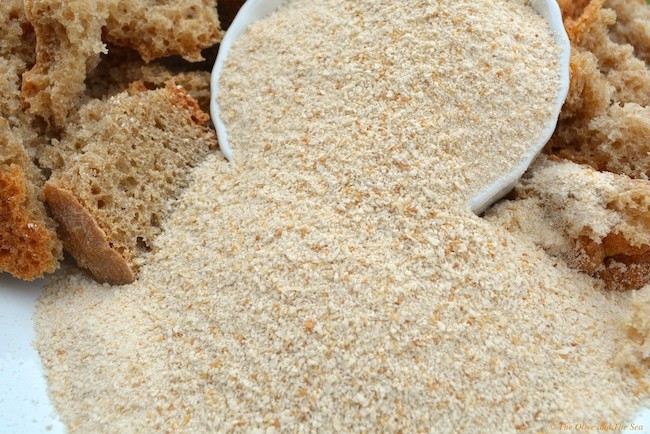 Continue Reading
Continue ReadingWhile only a few recipes on the blog call for bread crumbs, this ingredient deserves special attention. More specifically, have you ever read the detailed ingredients from store bought brands? When I did, I was surprised to discover that in many cases the second main ingredient is high fructose corn syrup. Hidden Sugars For those not familiar with this ingredient, it is a corn derived sweetener and is subject to much debate. Whether or not you believe that high fructose corn syrup is bad for you, the general consensus is to eat sweeteners in moderation. While avoiding sweet foods is the easiest way…

